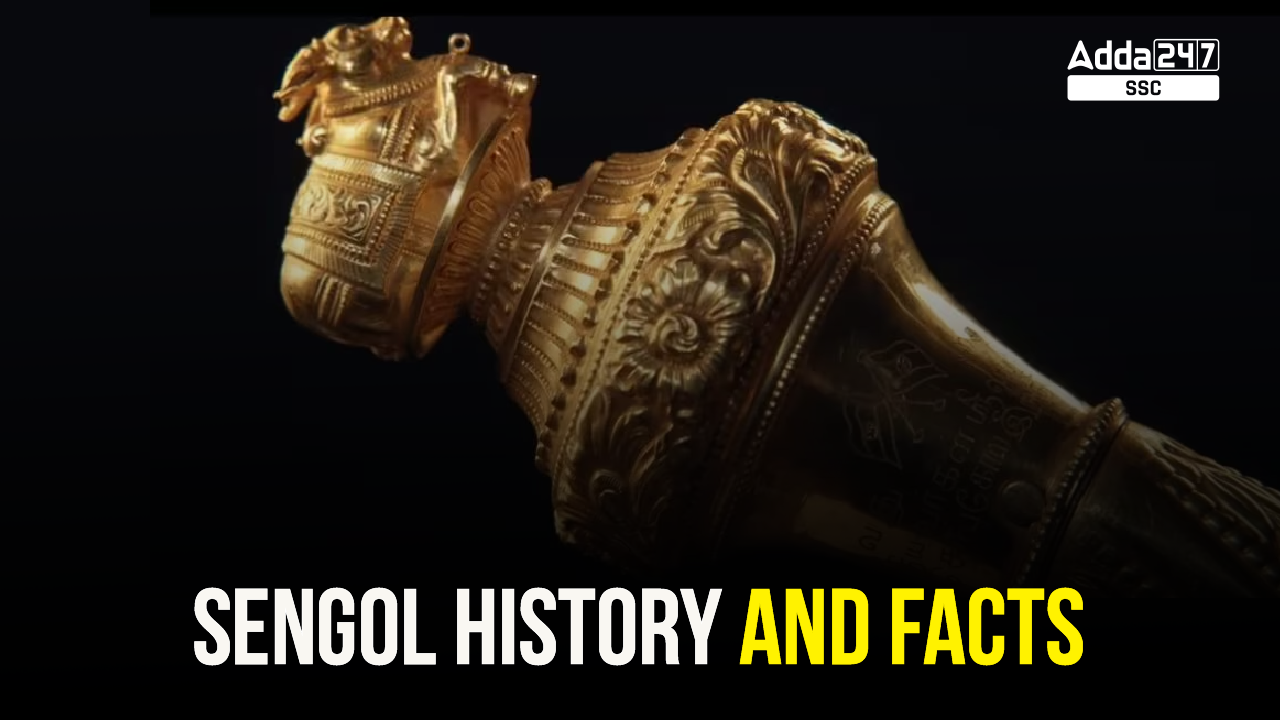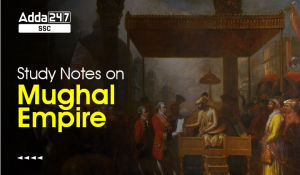What is Sengol
Sengol is a historical sceptre received by India’s first Prime Minister Jawaharlal Nehru as a symbol of the handover of authority from the British which has been placed at Allahabad Museum till now. Sengol was used as a symbolic gesture to show a ceremonial transfer of power from the British to the Indians. The five feet gold-coated silver sceptre is topped with an intricately carved ‘Nandi’, which represents the concept of justice.
Sengol History
Sengol played a crucial role in the history of the Chola dynasty as a symbolic instrument for the transfer of power from one king to another. The Rajaguru, or the court priest, carried out this practice, signifying divine approval for the new monarch. The word Sengol is derived from the Tamil word “Semmai” which means “Righteousness”. It was used to remind the monarchs that the highest authority was Dharma, the ethical and spiritual order. Sengol is a representation of equitable and fair government, particularly in Tamil Nadu and other southern states. Sengol was given to the first Prime Minister Jawahar Lal Nehru in a ceremony as a symbol of independence and the transfer of power on August 14, 1947.
Significance of Sengol
Sengol holds relevance in the political symbolism of India. The recent decision of the Indian government to install the Sengol in the new Parliament building underlines its historical continuity and a reaffirmation of national pride. This is seen as a reflection of the value India places on Dharma and the principles it stands for. After learning about Sengol and its historical fact, PM Narendra Modi decided to give it to the country on the day of the Parliament’s inauguration. The presence of Sengol in the Parliament Building would serve as a link to India’s rich cultural and historical heritage to the present and future generations of India.
Why Singol is Installed in New Parliament Building?
Nehru, after receiving the Sengol sceptre in 1947 kept it for some time at his residence in Delhi. He then donated it to Anand Bhavan Museum, his ancestral home in Allahabad (now Prayagraj). There, Sengol remained for over seven decades. When the Central Vista redevelopment project was underway in 2021-22, the government decided to revive this historical event and install the Sengol sceptre in the new Parliament building. The installation of Sengol in the new Parliament building is a symbolic gesture and a meaningful message.
Sengol History, Significance and Facts, What is Sengol? in Hindi
Sengol will be placed next to the Chair of the Lok Sabha following a proper religious ceremony in which religious heads from across India are participating. The placement of Sengol in the new Parliament building conveys a profound message in addition to serving as a symbolic act showing that India’s democracy is inclusive and is based on the country’s long-standing traditions and ideals.
3 Facts About Sengol
- The word Sengol is derived from the Tamil word “Semmai” which means “Righteousness”.
- Sengol was handed over to India’s first Prime Minister Jawaharlal Nehru to mark the ‘Transfer of Power’ from British to Indians.
- The golden Sengol was studded with jewels
- The 5 feet long Sengol features the majestic figure of Nandi, symbolizing Justice, and fairness.
- Sengol was crafted by Chennai-based Jewellers Vummidi Bangaru Chetty and was handed off to Jawaharlal Nehru by three priests.



 Top 10 Longest Rivers in India, Largest ...
Top 10 Longest Rivers in India, Largest ...
 Mughal Empire Notes For RRB NTPC Exam 20...
Mughal Empire Notes For RRB NTPC Exam 20...
 Longitude and Latitude of India - Defini...
Longitude and Latitude of India - Defini...


